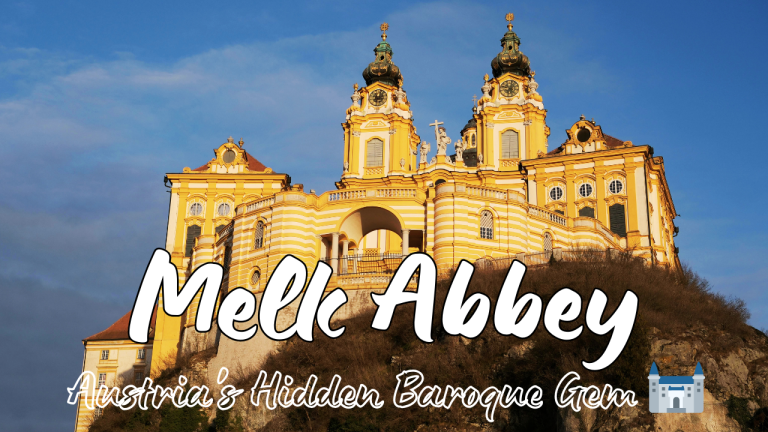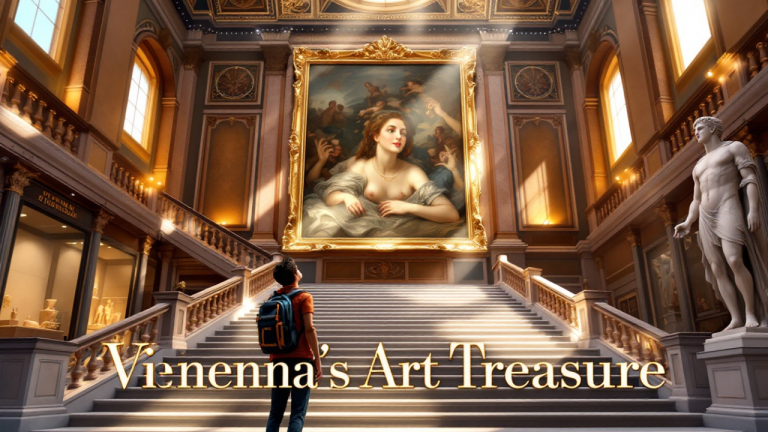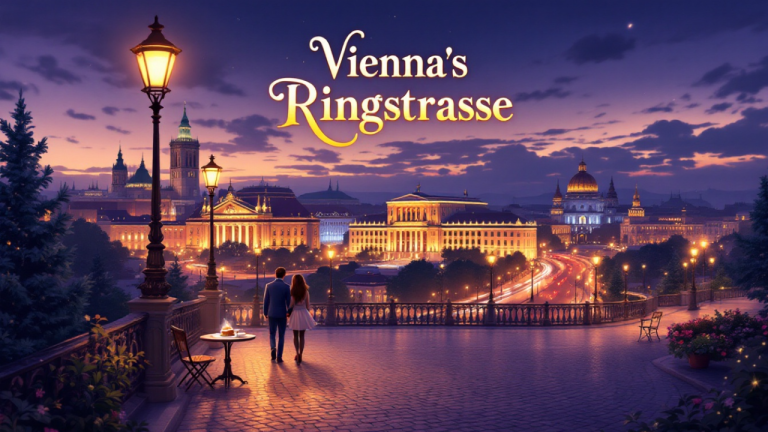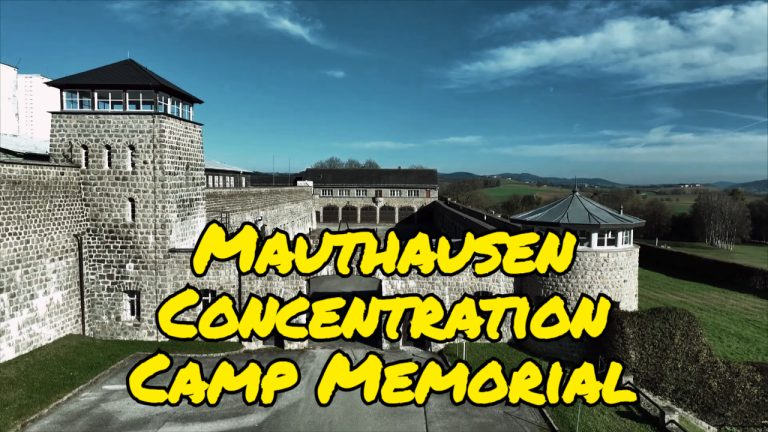Discover Vienna’s Hidden Architectural Gems: A Journey Beyond the Tourist Trail
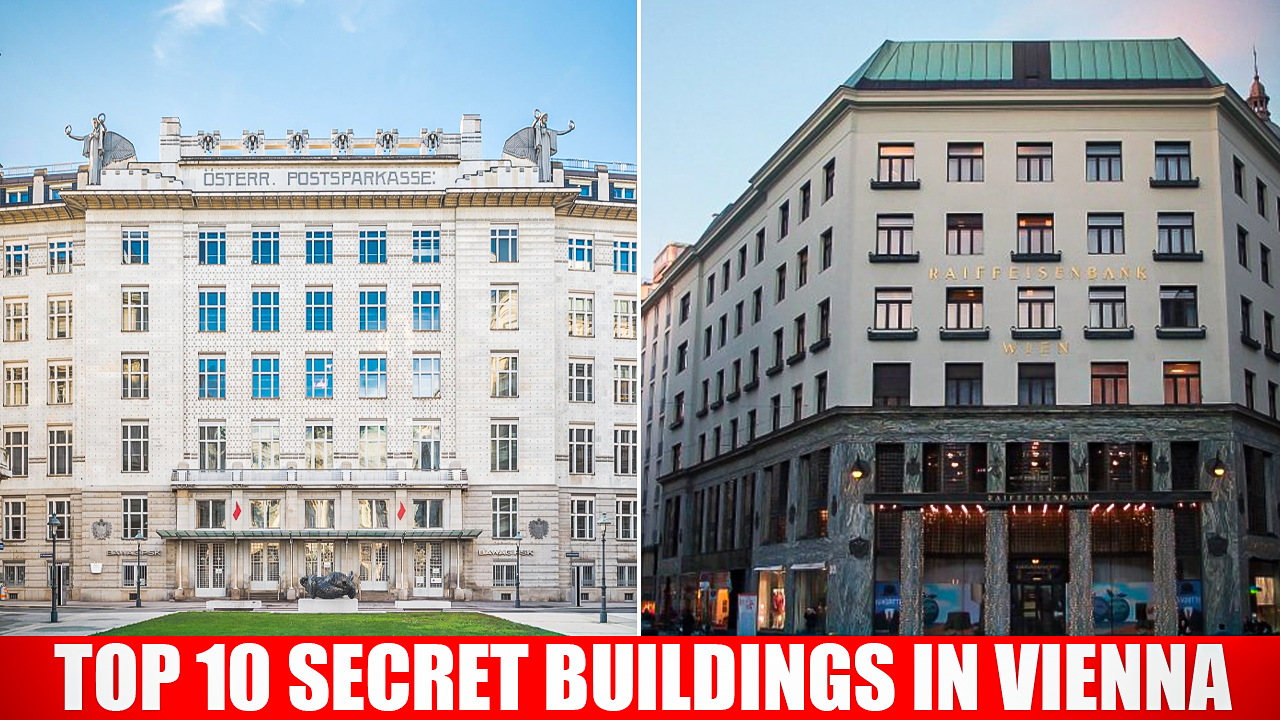
Imagine walking through Vienna, Austria’s enchanting capital, where history whispers through cobblestone streets, and stunning architecture surrounds you at every corner. While Schonbrunn Palace and Saint Stephen’s Cathedral might draw the crowds, there’s a quieter, more intimate Vienna waiting to be explored. Hidden throughout the city are architectural treasures that blend history, creativity, and serenity. These gems, often overshadowed by their famous counterparts, offer inspiration, tranquility, and unique photo opportunities. Let’s uncover the top 10 hidden architectural wonders in Vienna that are sure to captivate your imagination.
1. Otto Wagner’s Postal Savings Bank
The Postal Savings Bank, designed by Otto Wagner in 1906, is a stunning example of Art Nouveau innovation. Its marble facade, adorned with sleek aluminum bolts, feels both futuristic and elegant. Step inside to find a grand banking hall with glass ceilings and intricate tile work—a perfect blend of industrial functionality and beauty.
📌 Photography Tip: Visit during winter evenings when the illuminated facade exudes a warm glow. Weekday mornings are ideal for a peaceful exploration of this architectural marvel.
2. Loos House: The Minimalist Revolution
Adolf Loos’ 1910 creation, known as the “house without eyebrows,” is a striking departure from Vienna’s ornate traditions. Its minimalist design, with clean lines and a green marble base, marked a revolutionary shift in architecture.
📌 Best Viewing Times: Capture its dramatic shadows during late afternoon light. Located near the Hofburg Palace, the square offers a serene atmosphere outside peak hours.
3. Secession Building and Beethoven Frieze
The Secession Building, with its iconic golden dome, houses Gustav Klimt’s mesmerizing Beethoven Frieze in its basement. This 34-meter mural shimmers with golden figures and ethereal motifs, inspired by Beethoven’s Ninth Symphony.
📌 Don’t Miss: Weekday mornings provide smaller crowds, allowing you to appreciate the intricate details up close. Winter adds a cozy indoor vibe, enhancing the mural’s glow.
4. Flak Towers in Augarten
Looming over the lush greenery of Augarten Park, the Flak Towers are stark reminders of Vienna’s wartime past. Built in 1942, these massive concrete structures contrast hauntingly with the baroque gardens surrounding them.
📌 Photography Tip: Visit during early morning light or autumn when colorful foliage softens their imposing presence.
5. House Wittgenstein: A Meditation in Stone
Designed by philosopher Ludwig Wittgenstein and architect Paul Engelmann in the 1920s, this minimalist masterpiece reflects Wittgenstein’s pursuit of clarity. Its stark white walls and precise proportions create a serene, contemplative space.
📌 Best Time to Visit: Summer mornings provide bright light that enhances the building’s crisp lines, making it a peaceful escape for reflection.
6. Sackerfabrik: An Industrial Gem
Once an insecticide factory, this 1908 creation by Josef Plecnik blends industrial grit with architectural elegance. The red brick facade and geometric patterns make it a striking sight.
📌 Photography Tip: Midday light highlights the building’s textures, especially in spring or autumn when the surrounding trees add vibrant colors.
7. Narinturm (Fool’s Tower)
Built in 1784, the Narinturm is Europe’s oldest building designed for the mentally ill. Its circular gothic design now houses a pathology museum, adding an eerie charm to its historic walls.
📌 Plan Your Visit: Open Wednesday and Saturday afternoons, this spot is perfect for those seeking a hauntingly beautiful experience.
8. Otto Wagner’s Steinhof Church
Perched on a hill at Baumgartner Höhe, this 1907 Art Nouveau church features a gleaming golden dome and calming interiors of stained glass and mosaics. Built for a psychiatric hospital, it merges beauty with purpose.
📌 Travel Tip: Visit on Saturday afternoons for guided tours and sweeping views of Vienna’s skyline.
9. Vienna Peace Pagoda
A serene surprise along the Danube, the Vienna Peace Pagoda, built in 1983, symbolizes peace with its minimalist white dome and golden spire. Its tranquil riverside setting is a stark contrast to the city’s ornate architecture.
📌 Best Time to Go: Late afternoon’s golden hour light creates a warm glow, making this a photographer’s dream.
10. Hundertwasser House
Designed by Friedensreich Hundertwasser in 1985, this whimsical apartment building defies architectural norms with vibrant mosaics, uneven floors, and trees sprouting from balconies. It’s a living artwork embodying Vienna’s creative spirit.
📌 Insider Tip: Visit early mornings to enjoy soft light and fewer crowds. While the interiors are private, the nearby Hundertwasser Village offers exhibits and a cozy cafe.
Tips for Exploring Vienna’s Hidden Gems
- 📌 Plan ahead: Some buildings, like Steinhof Church and House Wittgenstein, require reservations.
- 📌 Best times: Early mornings or late afternoons offer soft light and fewer crowds.
- 📌 Respect privacy: Stick to public areas unless tours are available.
- 📌 Transport: Vienna’s trams and U-Bahn make navigating between locations easy. Consider a day pass for convenience.
- 📌 Photography: Bring your camera to capture stunning details, from intricate mosaics to minimalist facades.
Vienna’s hidden buildings are more than just architectural wonders—they’re windows into the city’s history, creativity, and soul. Whether it’s the playful chaos of Hundertwasser House or the serene elegance of the Peace Pagoda, these gems promise to inspire and enchant. So grab your camera, hop on a tram, and let these secret spots unveil Vienna’s magic.
What hidden architectural treasures have you discovered on your travels? Share your stories and favorite finds in the comments below! 🌟

